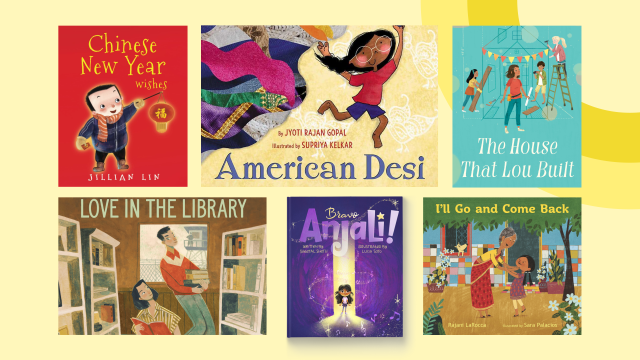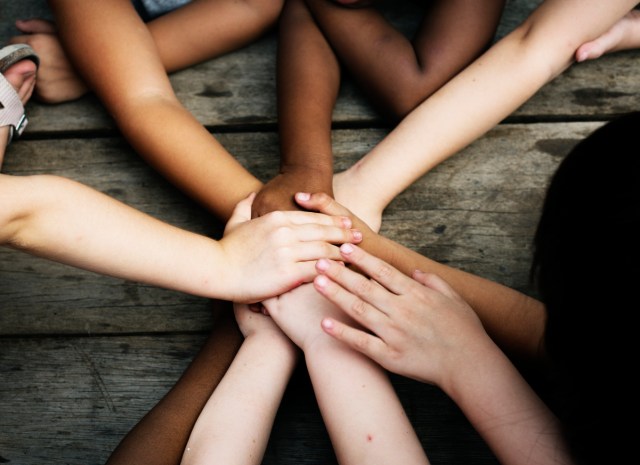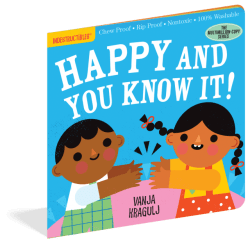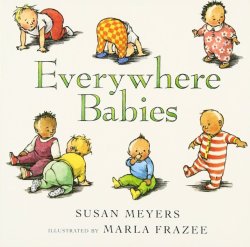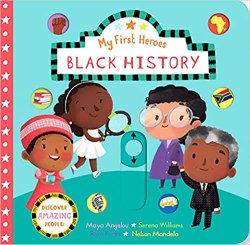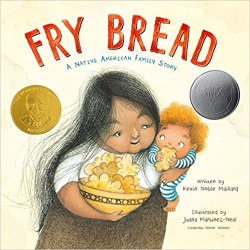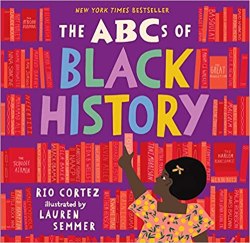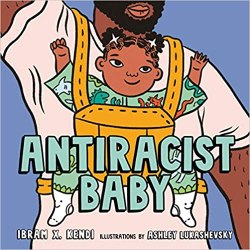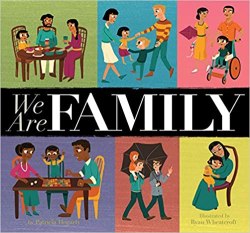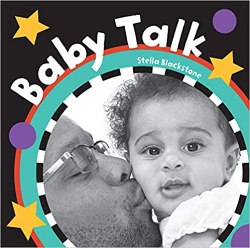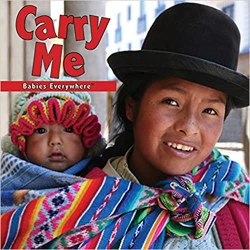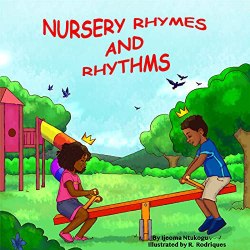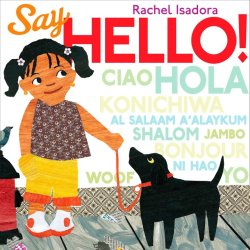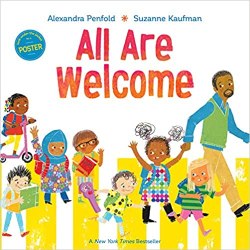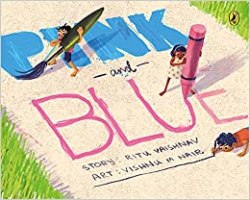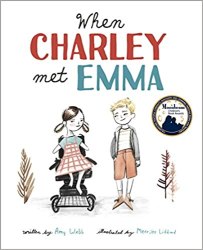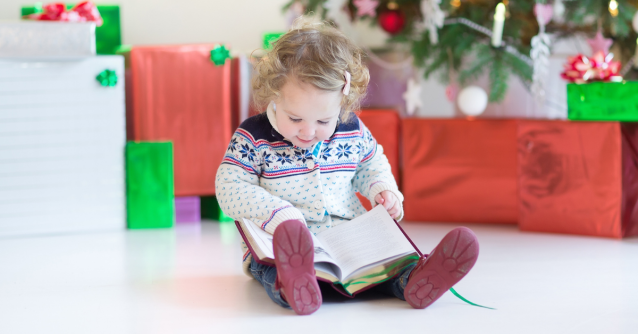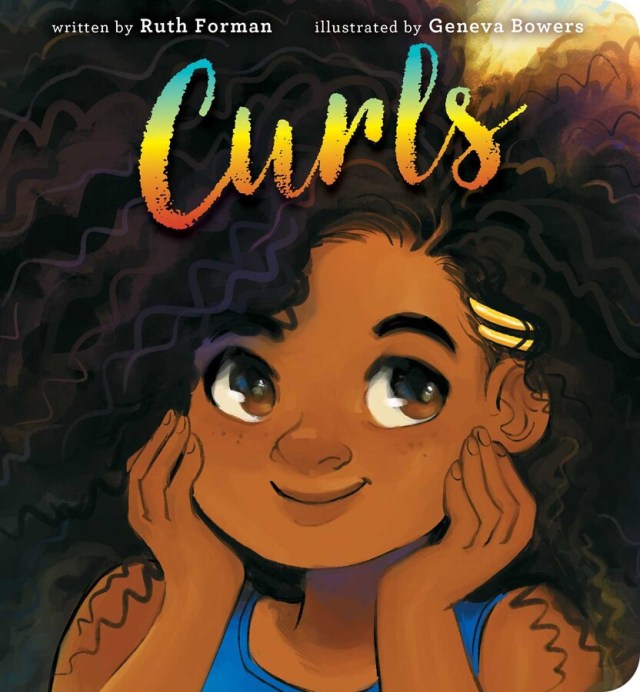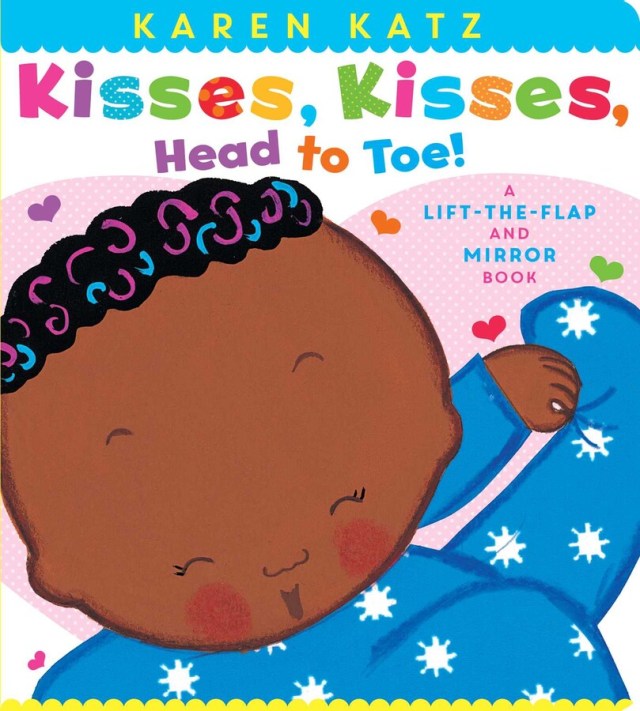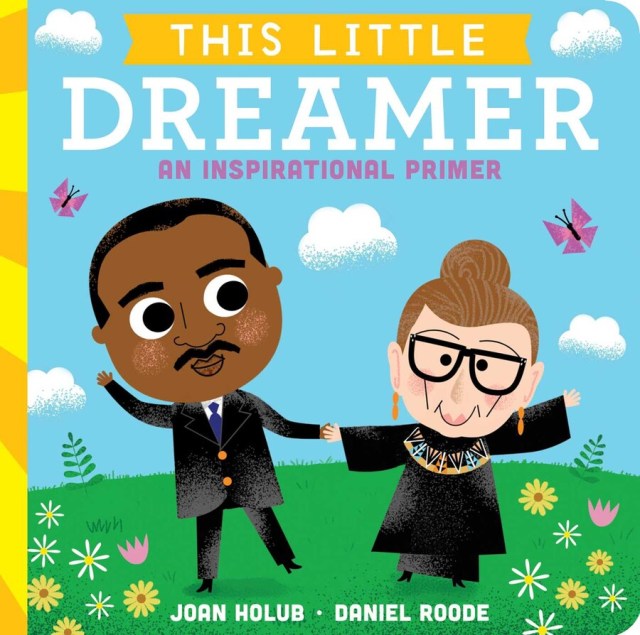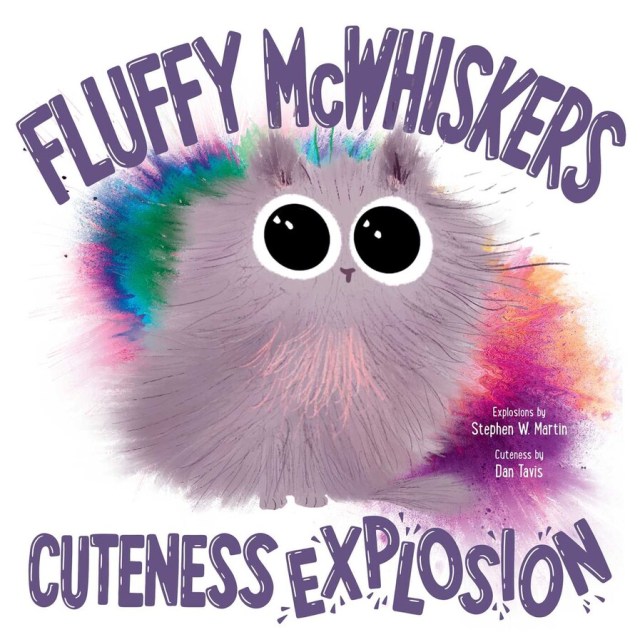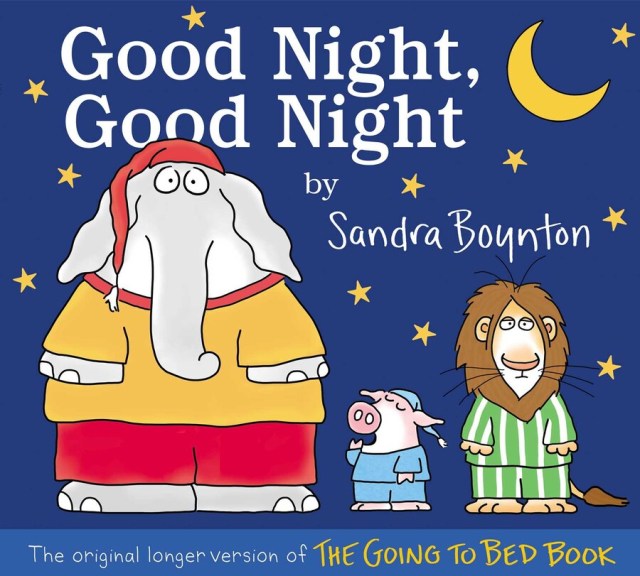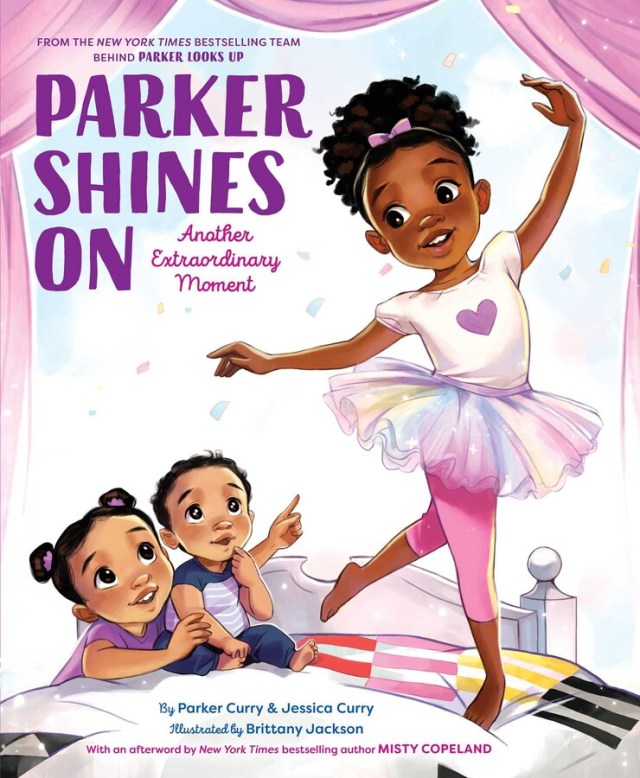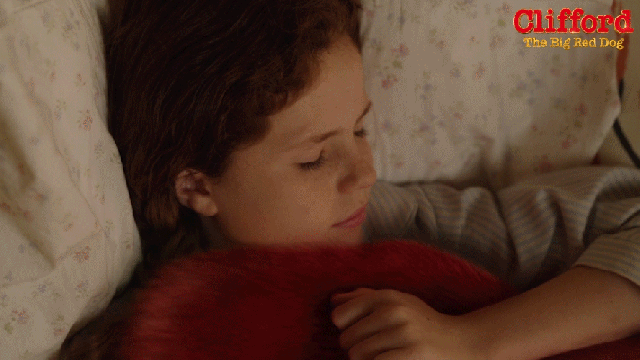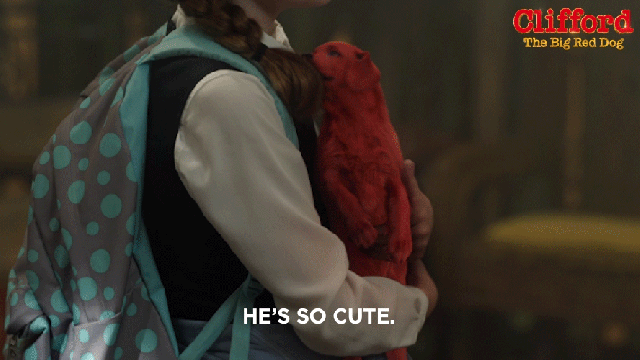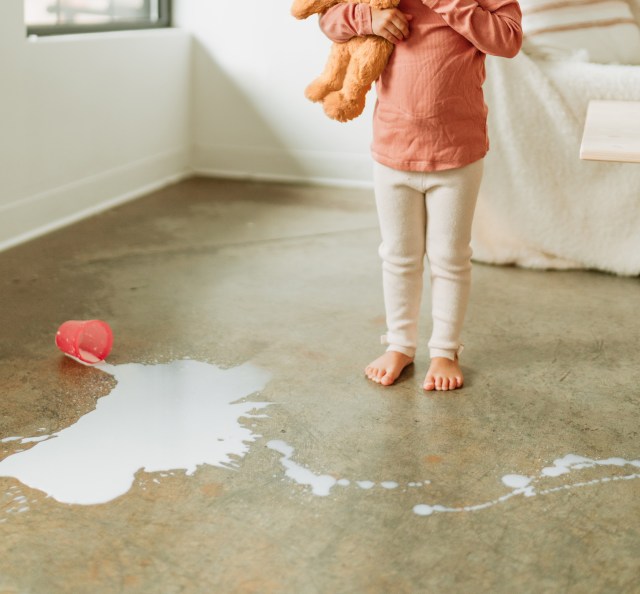When it comes to kids’ books, representation matters. This is especially true for minorities, immigrants and other marginalized people whose stories often don’t receive the same attention as “mainstream” white characters. Check out our roundup of just a few of our favorite books that feature strong Asian American protagonists. These books range from historical fiction to graphic novels to bilingual picture books and even chapter books for kids that’ll appeal to readers of all ages and backgrounds.
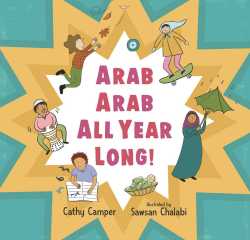
Arab Arab All Year Long!
$19 BUY NOW"No matter where we are, no matter what we do, we're Arab, Arab, Arab the whole way through!" From January to December, there is always something fun to do in the Arab culture. Young readers will learn about maamoul, shopping for hijabs, Eid and more in this easy-to-read story by Cathy Camper. Ages: 3-7
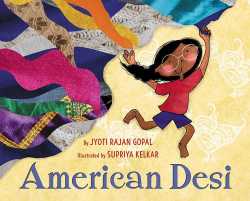
American Desi
$19 BUY NOWA beautiful symphony of both American and South Asian culture, Jyoti Rajan Gopal's story is a tribute. Desi loves her heritage just as much as her new culture, so can she have both? This sweet story embraces biculturalism and is accompanied by Supriya Kelkar's gorgeous illustrations. Ages: 4-8
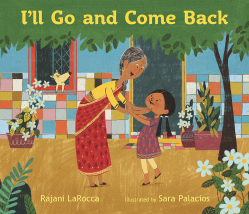
I'll Go and Come Back
$19 BUY NOWWhen Jyoti travelled cross the world to visit her grandma in India, she didn't expect to miss home. But then Sita Pati taught her tons of fun things to do in her native country. When it's time to go home, Jyoti suddenly didn't want to leave. This sweet tale of the special relationship between grandmother and granddaughter by Rajani LaRocca is beautifully accompanied by Sara Palacios' illustrations and will have every reader reminiscing about their family. Ages: 3-7

Love in the Library
$15 BUY NOWBased on a true story about author Maggie Tokuda-Hall's grandparents, this story shares the reality of living in an incarceration camp during WWII. With illustrations by Yas Imamura, young readers follow Tama who works in the camp's library and her friend George while navigating life and love at Minidoka. Ages: 6-9

The Katha Chest
$28 BUY NOWYoung readers will learn the importance of Kathas for the people of Bangladesh in this story by Radhiah Chowdhury. When young Asiya visits Nanu, her favorite part is opening her chest filled with the old sari's that have been transformed into katha quilts. Along with mesmerizing illustrations by Lavanya Naidu, readers will also be entertained by the simple prose and inspiring story. Ages: 4-8

How Do You Say Good Night?
$4 BUY NOWPre-schoolers will enjoy learning how to say good night in 10 different languages, including Spanish, Mandarin Chinese, French, Italian, Portuguese, Swahili, Arabic, Vietnamese, German and Korean. This bedtime follow-up to author Cindy Jin’s How Do You Say I Love You? features adorable illustrations by Shirley Ng-Benitz and is the perfect way for parents to wish their little ones a good night’s sleep in any language. Ages: 2-4

Chinese New Year Wishes: Chinese Spring and Lantern Festival Celebration
$11 BUY NOWWritten in English and simplified Chinese, Chinese New Year Wishes is a colorfully illustrated picture book that follows the adventures of a Chinese-American boy named Hong as he and his family prepare for and celebrate the Chinese New Year Festival. Author Jillian Lin and illustrator Shi Meng have created an enjoyable story behind one of the most important annual celebrations in many East Asian cultures, including interesting facts about the festival and recommended questions for discussion at the back of the book. Ages: 2-6
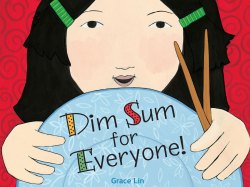
Dim Sum for Everyone!
$7 BUY NOWIf music is the food of love, then Grace Lin’s delightful sing-song love letter to dim sum will touch the hearts (and stomachs) of anyone who has ever sampled the delicious joys of these little Chinese dishes. The story follows a little girl and her family as they visit a bustling dim sum restaurant, picking their favorite dishes from steaming trolleys filled with dumplings, cakes, buns and tarts. With simple words written and expressed in both English and Chinese, this bilingual board book is a yummy read for any budding foodie. Ages: 3-6
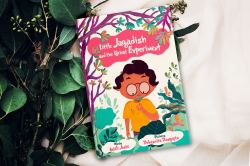
Little Jagadish and the Great Experiment
$10 BUY NOWThis book by Ajali Joshi chronicles the journey of a young boy named Jagadish who sets out to find solutions to unanswered questions using the scientific method. Inspired by the life and work of Indian physicist, botanist, and author Jagadish Chandra Bose, this story encourages young readers to embrace their curiosity and unleash their inner scientist. Ages: 4+
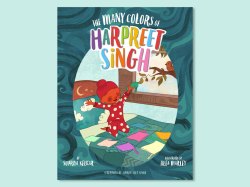
The Many Colors of Harpreet Singh
$18 BUY NOWAuthor Supriya Kelkar’s debut children’s book celebrates the life of an Indian-American boy named Harpreet Singh who is a practicing Sikh. Harpreet’s culture and religion are affirmed in the colorful patkas or head covering that he wears. When his family moves to a new city, everything feels gray for Harpreet, but by wearing a colorful patka to express his mood and suit different occasions, he is able to bring color to an otherwise dull world. Illustrator Alea Marley nicely depicts Harpreet’s joy and exuberance through simple yet powerful images. Ages: 3-7

The Name Jar
$7 BUY NOWLike many immigrants from non-English-speaking countries, the main character in The Name Jar has a name that her majority classmates find difficult to pronounce. Unhei recently moved to the U.S. from Korea, and instead of introducing herself on the first day of school, she tells her classmates that she will choose a new “American” name by the following week, with suggested new names placed into a jar. As Unhei makes friends, her naming path leads to embracing her culture, identity, and given name with the support of her new community. Ages: 3-7

Super Satya Saves the Day
$20 BUY NOWSuper Satya is ready to have a super day, including finally conquering the tallest slide in Hoboken. But her day takes a not-so-super turn when she realizes her superhero cape is stuck at the dry cleaner. Will she be able to face her fears, help her friends and be the true hero everyone knows she is? Super Satya Saves The Day introduces Satya, a precocious Indian-American superhero. Ages: 3-9
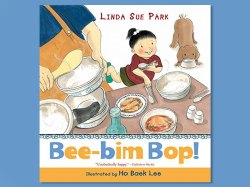
Bee-Bim Bop!
$8 BUY NOWBibimbop is a traditional Korean dish of rice topped and then mixed with meat and vegetables. Author Linda Sue Park has created a fun picture book for pre-schoolers that uses bouncy rhyming text to tell the story of a young girl recounting all the ways she helps her mother make this delicious dish, from shopping, preparing ingredients, setting the table, and finally sitting down with her family to enjoy a favorite meal. Featuring whimsical illustrations, which sweetly depicts the lives of a modern Korean-American family, the book includes the author’s recipe for bibimbop. Ages: 4-7

Goldy Luck and the Three Pandas
$7 BUY NOWWriter Natasha Yim and illustrator Grace Zong have transplanted the classic British fairy tale, Goldilocks and the Three Bears, and set the story in a bustling contemporary Chinatown. It's Chinese New Year, and young Goldy Luck’s mother wants her to take a plate of turnip cakes to the neighbors. The Chans aren’t home, but that doesn’t stop Goldy from trying out their rice porridge, their chairs, and their beds—with disastrous results. Soon, things take a turn for the absurd., i.e., Pandas! Ages: 4-8

Asian Americans Who Inspired Us
$21 BUY NOWThis celebration of trailblazing Asian-Americans who changed the world is beautifully illustrated and features the captivating and inspiring stories of a wide range of American heroes of Asian descent, ranging from Olympic figure skater Kristi Yamaguchi and classical musician Yo-Yo Ma to astronaut Ellison Onizuka and U.S. Senator Tammy Duckworth, plus many more. As a Filipina-American mother and Fulbright Scholar who served in the U.S. Air Force, author Analiza Quiroz Wolf is herself an inspirational Asian-American role model. Ages: 6-12

Brandon Makes Jiǎo Zi
$22 BUY NOWFirst-time author Eugenia Chu’s illustrated children’s book mixes American and Chinese cultures and blends traditions and languages in a simply told and engaging story. The title character, Brandon, is an American-born Chinese boy who bonds with his Chinese grandmother by making dumplings with her. The story is told in both English and simplified Chinese and is a fun read for families with children who are learning—or who are interested in—Mandarin or Chinese culture. Ages: 7-11
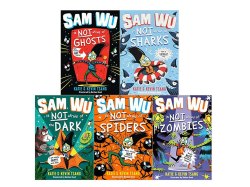
Sam Wu Is Not Afraid Series
$50 BUY NOWLondon-based authors Kevin and Katie Tsang are a husband and wife writing duo who conceived the Sam Wu Is Not Afraid series based on memories of Kevin’s childhood fears while growing up in Atlanta. Sam Wu is the kind of character who young readers will immediately identify with: brash on the outside, but doubtful on the inside. Each book in the series tackles one thing or other that our hero is most definitely NOT at all but maybe actually totally afraid of, whether it’s ghosts, sharks, spiders or zombies. Funny, silly, and earnest in equal measures, Sam Wu would never be mistaken for a wimpy kid. Ages: 7-12

Cilla Lee-Jenkins: Future Author Extraordinaire
$6 BUY NOWThe titular character of Susan Tan’s quasi-autobiographical debut novel is a precocious soon-to-be third-grader named Priscilla “Cilla” Lee-Jenkins who is 50% Chinese, 50% Caucasian, and 100% destined to become a future author extraordinaire. The irresistible Cilla and all of the other fully realized cast of characters in the book are beautifully and humorously written, and Tan tackles tough subjects like biracial identity and the challenges of growing up in a black and white world with great wit, compassion and flair. Ages: 8-12
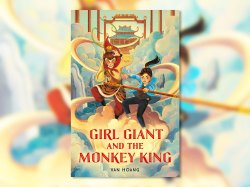
Girl Giant and the Monkey King
$11 BUY NOWIf your young reader is a fan of Rick Riordan’s Percy Jackson series, Van Hoang’s debut novel will appeal with its mix of magic, adventure, and middle-school woes. Girl Giant and the Monkey King tells the story of Thom Ngho, an 11-year-old Vietnamese-American heroine who is keeping a secret: she is extraordinarily strong—and her strength is making it impossible for her to fit in at her new middle school. Thom accidentally unleashes the Monkey King, a powerful and mischievous deity, and she soon realizes that dealing with this notorious trickster may be more trouble than it’s worth. Ages: 8-12

Green Lantern: Legacy
$9 BUY NOWAsian-American comic-book superheroes are few and far between, so when writer Minh Lê and illustrator Andie Tong reimagined the Green Lantern story as told through the adventures of a 13-year-old Vietnamese-American boy named Tai Pham, many in the Asian-American community rejoiced. This graphic novel nicely interweaves Vietnamese culture with the origin stories of DC Comics space cops known as the Green Lanterns, with Tai’s grandmother's jade ring functioning at the power-inducing rings owned and operated by the Green Lantern corps across the universe. Ages: 8-12
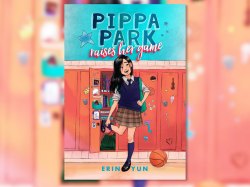
Pippa Park Raises Her Game
$16 BUY NOWWhile trying to navigate friendships and cyberbullying, tweenager Pippa Park receives a prestigious athletic scholarship, which leads her to reinvent herself at her new private middle school. Author Erin Yun cleverly reimagines Charles Dickens’s classic Great Expectations through the experiences of a funny, kind-hearted Korean-American heroine whose journey to self-discovery and self-acceptance wends through the corridors of middle school, sports action, and underprivileged immigrant home. Sharp and poignant, young readers will enjoy learning about class relations and ethnic identity. Ages: 9-13
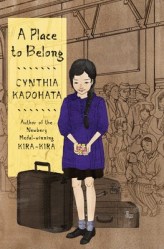
A Place to Belong
$17 BUY NOWNewbery Medal award-winning author Cynthia Kadohata takes young readers back to the end of WWII in the U.S. and Japan. After spending four years in internment camps, the 12-year-old protagonist, Hanako, and her American-born family are forced to renounce their American citizenship and expatriate to Japan. This historical fiction tells a story from the past but reflects the dangerous xenophobic and nationalist rhetoric that’s present today. This beautifully written novel will resonate with young readers who will relate to the pressure Hanako feels as a young kid giving up everything known for something entirely different. Ages: 10-14
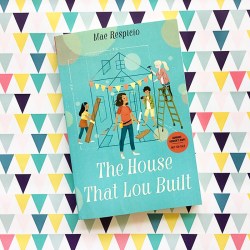
The House That Lou Built
$7 BUY NOWLou has a big dream: to build a tiny house. She shares a room with her mom in her grandmother’s house in San Francisco and longs for a place of her own, where she can escape her crazy but lovable extended Filipino family. It’s not so easy to build one, but she won’t give up on her dreams—her friends and family won’t either. This beautiful coming-of-age story is set around the Bay and explores culture and family, forgiveness and friendship, and what makes a true home. Ages: 8-12

Bravo Anjali
$14 BUY NOWYoung readers will enjoy the story of Anjali as she struggles with friendship and owning her exceptional talent in the tabla world where she is the only girl. A follow-up story to Always Anjali, this story inspires young readers to never dim their light and to never let anyone make her feel bad for being good at something.
RELATED STORIES
26 Kids Books That Feature Diverse Characters
29 Books for Kids About Racism, Inequality & Injustice in America
25 Banned Books to Read with Your Kids Tonight
The Best New Kids Books of 2020, So Far
